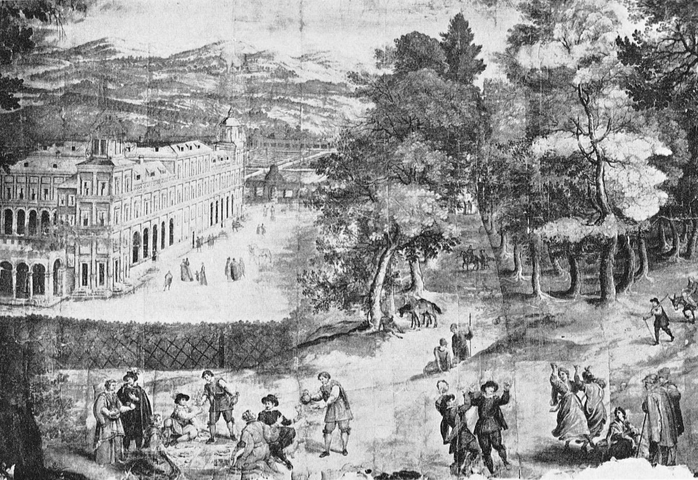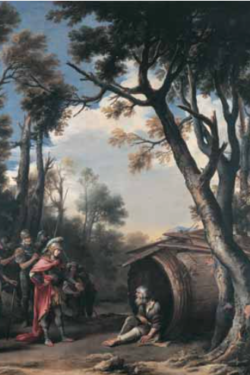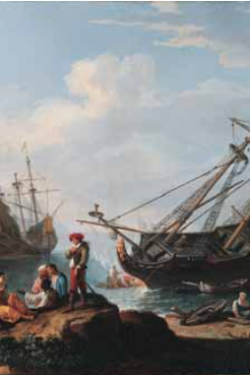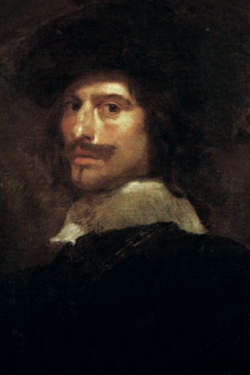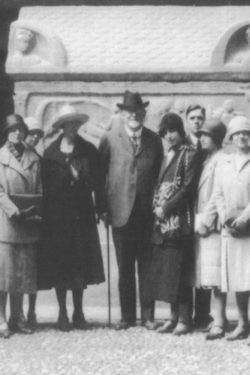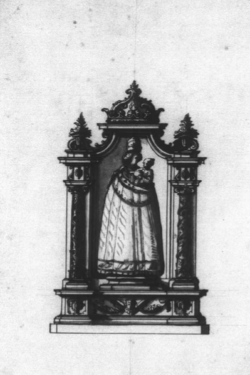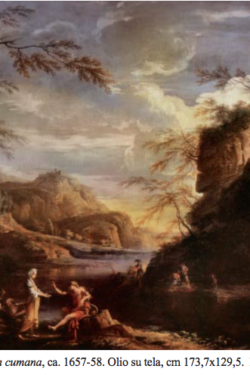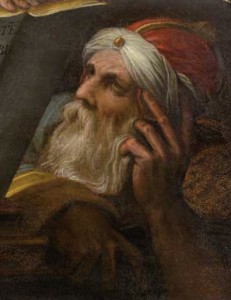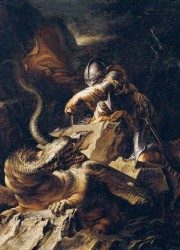Descrizione
Storia dell’arte 5, Gennaio – Marzo 1970
Luigi Salerno
Il dissenso nella pittura. Intorno a Filippo Napoletano, Caroselli, Salvator Rosa e altri
Some Seicento painters, a number of whom worked not only in Rome but also in Naples and in Florence, reveal two main interests: the philosophical-scientific world in its most picturesque aspect, namely magic, and the world of stoic philosophy, more particularly its predominantly ethical implications. As regards the former tendency, the author devotes himself to Filippo Napoletano, whose personality as a painter is based on documented works very different from those which had hitherto been attributed to him. Filippo’s interest in science and in magic appears only marginally in his paintings, whereas his profound and documented sympathy for the subject is evidenced in his collection of curios. Monsù Desiderio (de Nomé) shows greater concern for the fantastic; his style is interpreted as deliberately esoteric, a characteristic expressed in a most singular technique, which the author also traces in a group of Caroselli’s works and in some of Grechetto’s technical experiments – two painters who were equally interested in the occult and in magic. Some of Caroselli’s works, dealing with necromantic and demonic-philosophical subjects, are published here for the first time, the author suggesting that they are to be attributed to the painter’s Neapolitan period and were influenced directly by de Nomé, although he does not reject the possibility that they may be ascribed to an anonymous collaborator, whose work is characterized by a less delicate touch. The same may also be true of another group of works which critics have already agreed to assign to Caroselli. The author concludes by re-examining Salvator Rosa’s scenes of witches and magic both in the light of this immediate tradition and in that of other possible pictorial and literary sources. The continuance of this tradition into the Settecento is also discussed. The stoical attitude is examined in certain painters (Poussin, Testa, Grechetto, Mola, Salvator Rosa) and in architects (Borromini, Martino Lunghi). The author investigates their simultaneous conversion to stoical and philosophical subjects in the same period, between 1645 and 1650. In order to explain this sudden change of direction the author analyses Rosa’s writings and collects much data concerning the attitudes and the ideas of the artists themselves and of their friends: poets, philosophers and dilettanti. He takes into consideration the political situation in Europe at that time and reaches the conclusion that the cause of the development of stoicism was the rebellion against autocracy and the first dawning of a political and social conscience. While artists were becoming aware of the fact that by now modern science was definitely breaking away from the world of art, they drew back to other positions, abandoning the ideal of knowledge and of metaphysics in order to put themselves upon a purely ethical plane: their attraction towards themes suggestive of philosophy and science (understood often in its most picturesque aspect, that of magic), led them to treat these themes almost as though they were a genre elevated above moral intention and alluding to a world — the philosophical-scientific world — which was regarded with suspicion by the authorities and especially by the Church. That is to say, the artists under discussion are exponents of dissension and were even conscious of belonging to a tradition to which Caravaggio, his followers and the Northern artists belonged. The path they follow seems to be clearly traceable from the Renaissance right down to the period of Illuminism and Neoclassicism. The author takes this opportunity of publishing many additions to the catalogue of Salvator Rosa’s works.
